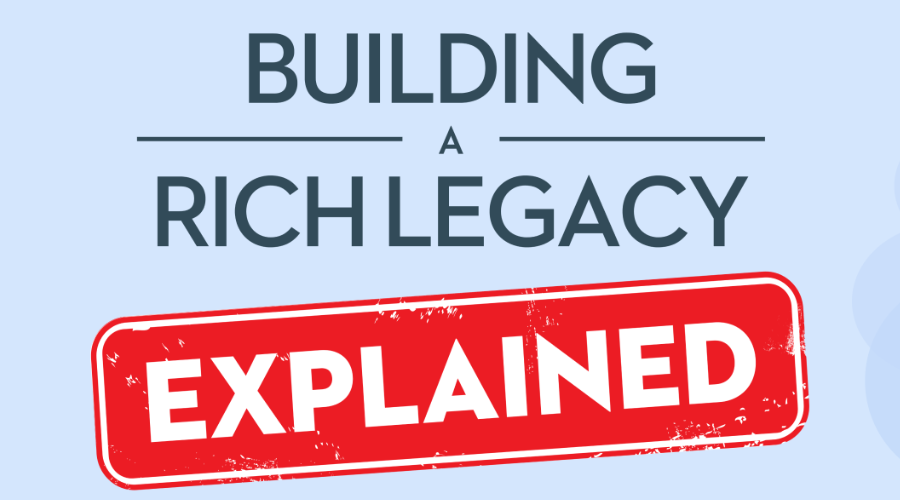When you’re planning your retirement, it’s important to understand the RRIF minimum withdrawal rules. It’s only when you have a good grasp of your RRIF minimum withdrawals (and RRIF maximum withdrawals), that you can get a complete picture of your retirement income.
But what is a RRIF? And why are there RRIF minimum withdrawals?
A registered retirement income fund (RRIF) is a government-registered account you open when you’re ready to stop contributing to your retirement savings in registered accounts (such as an RRSP, PRPP or SPP) and start withdrawing from your retirement savings.
While you can convert your RRSP to a RRIF at any time, you have to close down your registered retirement accounts in the year you turn 71. You must then start withdrawing money from your retirement savings the following year.
When you reach 71, you have three choices of what to do with your RRSPs:
- Withdraw the money in cash (but you’ll be taxed as if the whole amount were income)
- Use the money to buy an annuity, which will provide a constant stream of income
- Transfer the money into a RRIF
Most people choose the RRIF option because it is far less heavily taxed than withdrawing the whole amount in cash and you get to keep more control over your investments than you would with an annuity. The main downsides of a RRIF are that, because it is a tax-deferred product, you have to make minimum RRIF withdrawals each year, and those withdrawals are classed as income for tax purposes.
How do RRIF withdrawals work?
RRIF withdrawal rules dictate that the year after you open a RRIF, you have to start making minimum annual RRIF withdrawals, which are determined by the government’s RRIF withdrawal rates.
The rates depend on your age (the percentage of the minimum RRIF withdrawal increases as you get older). The younger you are, the lower the RRIF withdrawing percentages and therefore the amount you have to take out of your savings. The older spouse also has the option to have lower RRIF minimum withdrawal rates by using their younger spouse’s age, instead of their own.
This can be a big advantage if you have other income to get by on and you want to keep your RRIF withdrawals (and the tax you pay on them) to a minimum. You will need to tell your financial institution of this decision before you make your first RRIF withdrawal. And you can’t switch it back to your own age at a later date.
There is no RRIF withdrawal schedule as such: you can choose to withdraw your RRIF withdrawal in monthly, quarterly, semi-annual or annual amounts.
You can also make “in-kind” RRIF withdrawals, which is when you withdraw investments from your RRIF account, so as to make the RRIF minimum withdrawal, but without cashing them in. You would simply transfer them to a tax-free savings account (TFSA) or non-registered account. The fair market value of the investments when you transfer them is classed as income for tax purposes.
Calculating RRIF minimum withdrawals
A RRIF minimum withdrawal calculator can be helpful in working out your RRIF minimum withdrawal amount. The RBC RRIF withdrawal calculator and Vancity RRIF withdrawal calculator are great resources that can help you calculate your annual RRIF minimum withdrawal.
However, you can probably work out your RRIF minimum withdrawal without using a RRIF withdrawal calculator. This RRIF minimum withdrawal table gives you the RRIF withdrawal percentages for a variety of ages:
| Age | RRIF withdrawal percentages |
|---|---|
| 65 | 4% |
| 71 | 5.28% |
| 75 | 5.82% |
| 80 | 6.82% |
| 85 | 8.51% |
| 90 | 11.92% |
| 95+ | 20% |
You can also find out the RRIF withdrawal percentages for every age over 71 at the Canada Revenue website.
This RRIF minimum withdrawal table gives some examples of how to calculate your RRIF minimum withdrawal (based on savings of $750,000).
| Age | RRIF withdrawal percentages | Minimum annual RRIF withdrawals |
|---|---|---|
| 65 | 4% | $30,000 ($750,000 x 0.04) |
| 71 | 5.28% | $39,600 ($750,000 x 0.0528) |
| 80 | 6.82% | $51,150 ($750,000 x 0.0682) |
| 90 | 11.92% | $89,400 ($750,000 x 0.1192) |
Is there a RRIF maximum withdrawal amount?
There is no need for a RRIF maximum withdrawal table, as RRIF withdrawal rules allow for unlimited withdrawals from your RRIF (unless you have a locked-in RRIF). However, remember that:
- All withdrawals are treated as income for tax purposes
- Any amounts above the RRIF minimum withdrawal rates will be subject to RRIF withholding tax
What is the RRIF withholding tax?
Whenever you withdraw money above your RRIF minimum withdrawal rates, you will have to pay a kind of RRIF withdrawal tax, better known as the RRIF withholding tax.
A certain percentage of the amount you withdraw will be deducted at source (by your financial institution) as a RRIF withholding tax.
RRIF withholding tax rates:
| Amount above the RRIF minimum withdrawal rates | Withholding tax |
|---|---|
| Up to $5,000 | 10% |
| $5,001–$15,000 | 20% |
| Over $15,000 | 30% |
Quebec’s RRIF withholding tax is different: details can be found on the Revenue Quebec website.
So, for example, if you wanted to withdraw $10,000 above your RRIF minimum withdrawal rate, you would only receive $8,000. Remember that you may also pay more tax when it comes to filing your taxes, depending on your annual income and tax bracket.
Boosting your RRIF minimum withdrawal income with a reverse mortgage
Some retirees who may have insufficient retirement savings can find it a struggle to live comfortably on their RRIF minimum withdrawal amount. In fact, a considerable number of Canadian retirees have income that doesn’t provide for the kind of retirement they want.
If you’re a homeowner aged 55-plus, a reverse mortgage could be a great way to provide you with the extra retirement income you need. You could borrow up to 55% of your home’s value, while never having to make a mortgage payment. You only pay what you owe when you move out or sell your home.
You can receive the tax-free money in a lump sum or in monthly payments. Call us at 1-866-522-2447 to find out how much you could borrow to help boost your retirement income.































